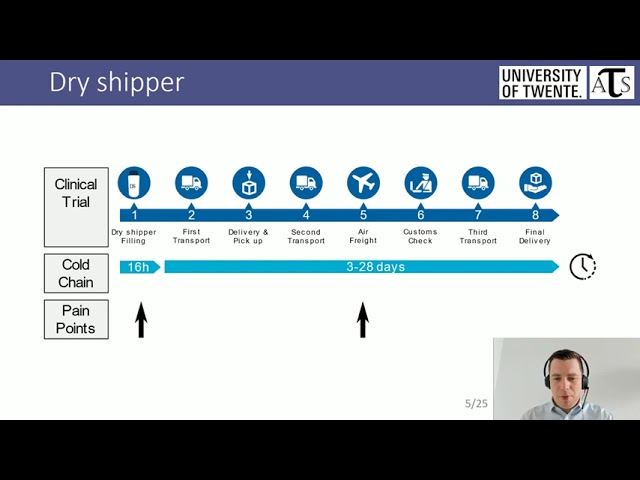Introduction
The aim of this PhD project is to understand the absorption and evaporation of cryogenic liquids into porous materials. The absorption into porous materials is important for so-called Dry Shippers. A Dry Shipper is a container used to transport biomedical samples at a temperature below ‑150 °C by use of liquid nitrogen. The liquid nitrogen is absorbed into a porous lining inside the container to remove the hazard of spillage and comply with safety regulations. Although, the physics of absorption and evaporation of cryogens into these superheated porous materials and its channels is of great importance, until now this is not very well understood. Other application areas are heat pipe design, and propellant management systems for space applications.
The absorption of liquids into a porous material without evaporation is often explained using the Lucas-Washburn model, considering viscosity, surface tension, and gravity. In this model the porous medium is modeled as a bundle of capillary channels with governing parameters the viscosity, density, capillary diameter, tortuosity, and wettability of the medium. In addition, for porous material at superheated temperatures compared to the saturation temperature of the liquid evaporation will significantly impact the imbibition process.
Physical scales
In this research the physics is studied on three scales; the macro-, meso-, and micro-scale. The macro-scale consists of the Dry Shipper autonomy. In the meso-scale we will study absorption and evaporation of liquids into the porous material. On a smaller scale the porous material consists of connected pores and channels, therefore as a model problem the imbibition of liquids into capillary channels will be investigated.
This work is performed in collaboration with Air Liquide Research.
Watch the video for a short introduction to this topic.
Contact: Rick Spijkers

